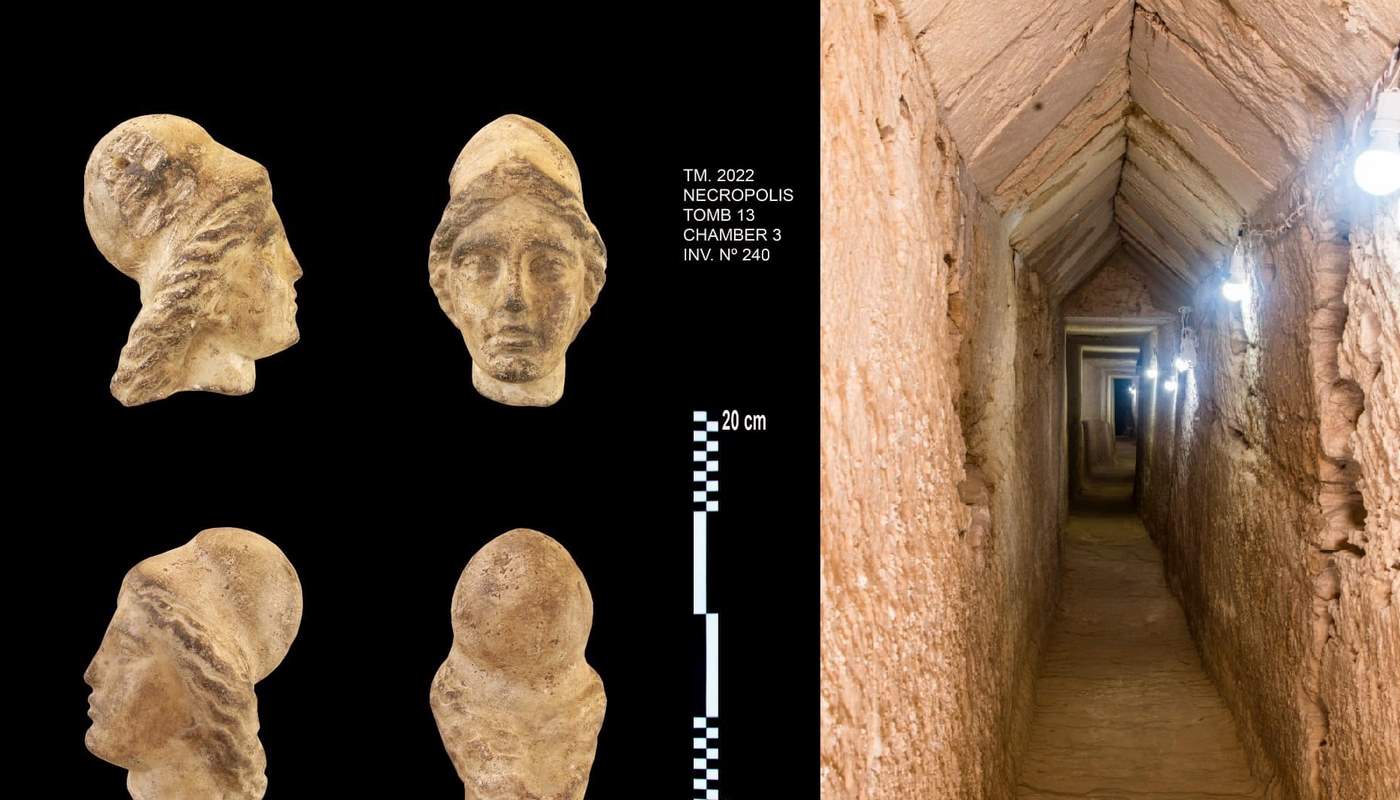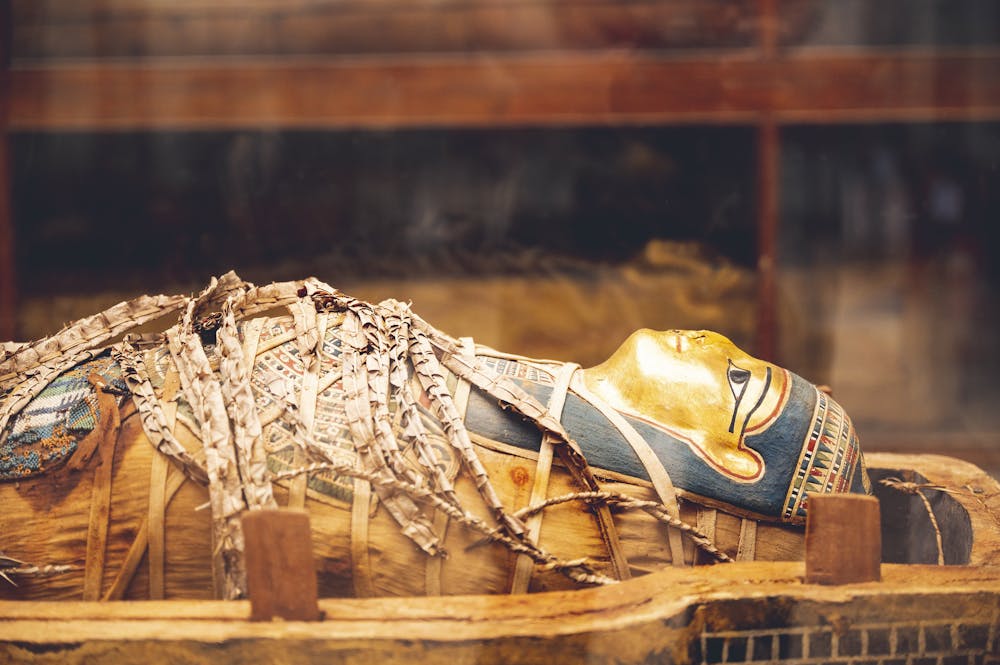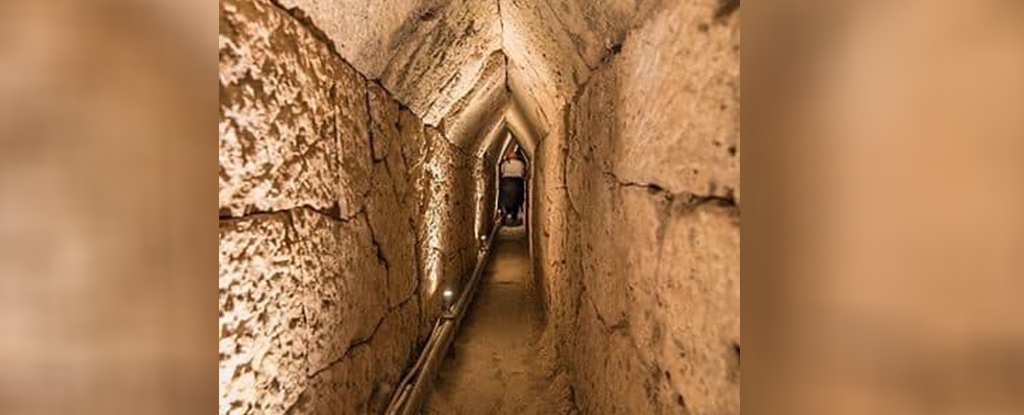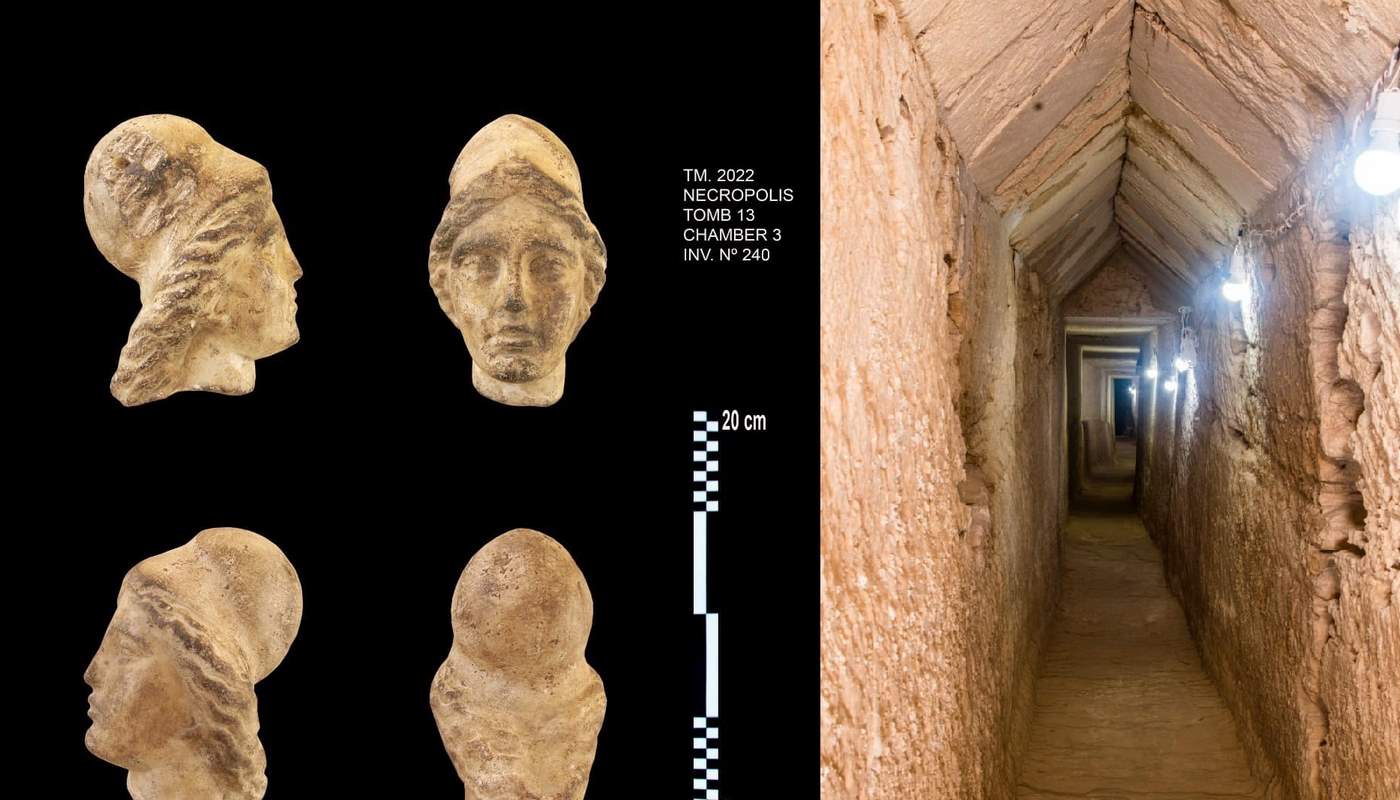The sands of Egypt whisper secrets of a legendary queen, her tomb hidden for millennia beneath layers of history and mystery. Cleopatra, the last Ptolemaic ruler of Egypt, continues to captivate our imagination, her final resting place a tantalizing enigma that has challenged archaeologists for generations.
Deep in the heart of Taposiris Magna, a remarkable discovery has breathed new life into the quest to uncover Cleopatra’s tomb. Dominican archaeologist Kathleen Martinez, who has devoted two decades to this pursuit, recently unearthed a stunning underground tunnel stretching an incredible 1,305 meters through solid sandstone. This extraordinary find, lying 13 meters beneath an ancient temple, represents a potential breakthrough in one of archaeology’s most enduring mysteries.

Credit: Good News Network
Martinez’s excavations have yielded extraordinary artifacts that hint at the site’s significance. Three hundred thirty-seven coins bearing Cleopatra’s image, a pristine white marble bust potentially depicting the queen, and intricate ceremonial pottery have emerged from the earth. Each discovery weaves another thread into the complex tapestry of Cleopatra’s world, offering tantalizing glimpses into the final days of ancient Egypt’s most famous ruler.

Credit: The Conversation
The search is far from straightforward. Ancient Alexandria, where Cleopatra’s tomb is believed to be located, now lies hidden beneath the Mediterranean Sea. Devastating earthquakes and tsunamis between 320 and 1303 CE have transformed the landscape, submerging potential burial sites and creating unprecedented challenges for archaeologists. Unexploded World War II munitions further complicate exploration, adding an element of danger to this historical quest.
Modern technological marvels are revolutionizing archaeological exploration. Ground-penetrating radar and advanced imaging techniques allow researchers to peer through centuries of sediment, transforming what once seemed an impossible dream into a promising scientific endeavor. These tools provide unprecedented insights, creating virtual windows into the past that were unimaginable just decades ago.

Credit: Science Alert
Not everyone is convinced. Renowned Egyptologist Zahi Hawass remains skeptical about Taposiris Magna, suggesting that Cleopatra’s tomb might lie beneath the Mediterranean near her palace. Yet Martinez remains undeterred, her passion fueled by each new discovery that brings us closer to solving this ancient puzzle.
The stakes of finding Cleopatra’s tomb are immeasurable. Such a discovery would not just be an archaeological triumph but a window into the complex world where Egyptian and Greco-Roman cultures intersected. Imagine the treasures that might be revealed, the stories waiting to be told about one of history’s most fascinating rulers!
As excavations continue, each grain of sand removed, each artifact uncovered, brings us closer to potentially solving one of archaeology’s greatest mysteries. The hunt for Cleopatra’s tomb is more than a search for a burial site – it’s a journey through time, a quest to understand one of history’s most enigmatic and powerful women.
References:
Good News Network – Tunnel Found in Egypt – link
The Conversation – Why the discovery of Cleopatra’s tomb would rewrite history – link
Science Alert – Archaeologists Found a Geometric Miracle Tunnel – link
Categories: Ancient Egypt, Archaeology, Historical Discoveries, Historical Mysteries, Unsolved Mysteries
Tags: Ancient Egypt, Ancient Tombs, Archaeology, Cleopatra, Egyptian History, Historical Discovery, Taposiris Magna
Religion: Ancient Egyptian
Country of Origin: Egypt
Topic: Archaeological Discovery
Ethnicity: Greco-Egyptian


